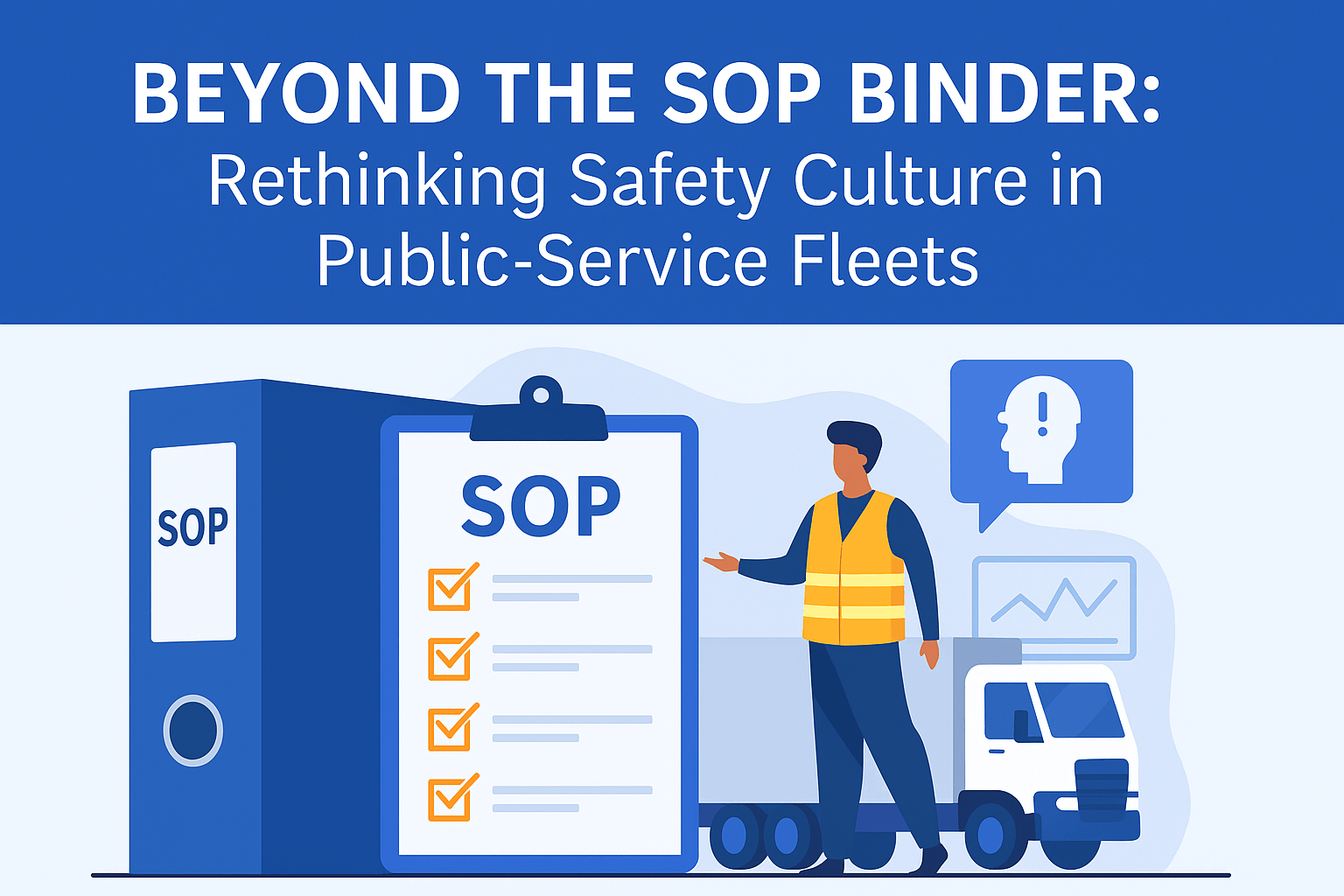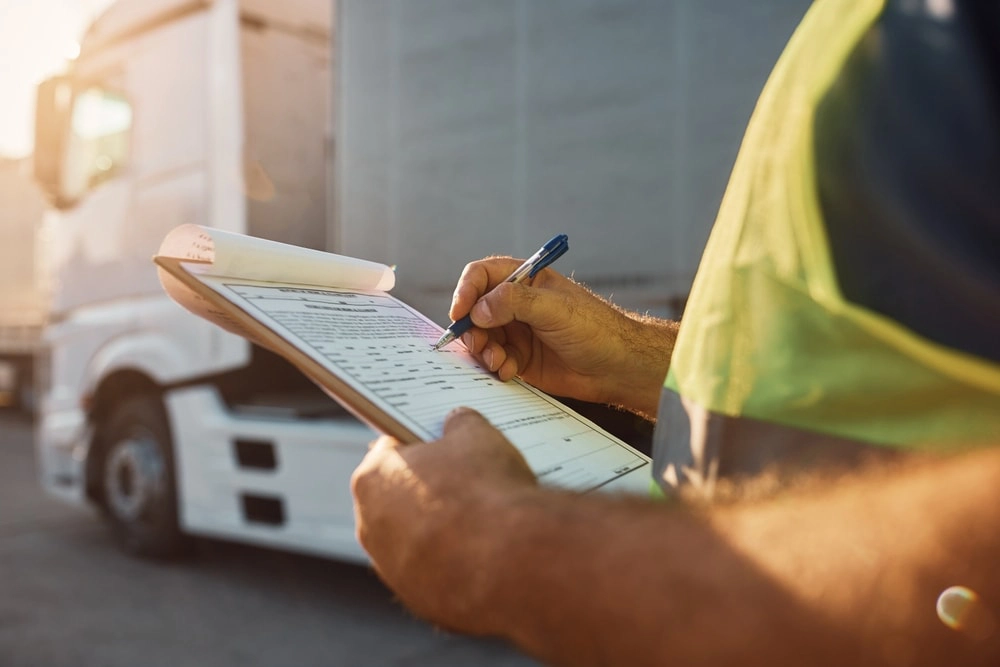
In today’s fast-moving fleet management world, safety isn’t just a priority—it’s the fuel that keeps everything running smoothly (pun intended). As technology races forward, so do modern fleet safety standards. From real-time monitoring to AI-driven insights, fleet managers now have a deep box of tools to keep drivers safer and operations smarter.
Let’s examine the latest trends in fleet safety tech and how they are steering the industry toward a safer, more efficient future.
Advanced Driver-Assistance Systems (ADAS)
ADAS is like having a co-pilot that never blinks. These systems are designed to actively support drivers on the road by reducing human error—the root cause of most accidents. Some of the standout features include:
- Collision Avoidance Systems – Alert drivers to potential crashes before they happen.
- Lane-Keeping Assist – Helps gently guide vehicles back when drifting outside the lane.
- Blind Spot Monitoring – Notifies drivers when there’s someone in a location that mirrors cannot see.
These technologies improve safety, lower insurance premiums, and keep vehicles on the road longer.
Telematics and Real-Time Tracking
Think of telematics as your fleet’s all-seeing eye. By collecting and analyzing data from each vehicle, fleet managers get a front-row seat to driver behavior and vehicle performance.
Benefits include:
- Improved Driver Habits – Monitoring speed, harsh braking, and cornering encourages safer, more responsible driving.
- Predictive Maintenance – Catch issues before they become costly repairs or safety hazards.
- Fuel Efficiency – Telematics doesn’t just save money on gas—it promotes safer driving. Here’s why: the same behaviors that conserve fuel—gentle acceleration, steady speeds, minimal idling—are also the hallmarks of safe driving. It’s a win-win for your budget and your team’s well-being.
Artificial Intelligence (AI) and Machine Learning
AI is the crystal ball of fleet safety. It processes vast amounts of data to uncover patterns and risks that human eyes might miss.
Here’s what AI is bringing to the road:
- Driver Monitoring Systems – Detect fatigue or distraction and alert drivers in real-time.
- Smart Route Optimization – Suggests the safest, most efficient routes by learning from traffic trends and road conditions.
- Predictive Analytics – Anticipates mechanical failures, helping you stay one step ahead of breakdowns.
With AI, fleet managers make informed decisions backed by real-time intelligence.
Vehicle-to-Everything (V2X) Communication
V2X is the tech behind smarter, more connected roads. Vehicles talk to each other and to infrastructure like traffic lights and road signs.
Cool things V2X can do:
- Hazard Alerts – Vehicles warn each other about slick roads or sudden stops ahead.
- Traffic Signal Timing—It syncs with traffic lights to help drivers cruise smoothly, reducing the need for sudden stops or speeding to “make the light.”
V2X helps create a proactive safety net, reducing risk before drivers know it’s there.
Dashcams and Video Telematics
A picture is worth a thousand data points. Dashcams clarify collisions, complaints, and coaching moments.
Why fleets love them:
- Incident Documentation – Video proof takes the guesswork out of accident investigations.
- Coaching Tools – Use footage to give drivers constructive feedback and reinforce good habits.
- Theft and Vandalism Deterrent – Cameras keep an eye on things, even when no one else can.
Pairing dashcams with telematics gives you a full-circle view of what’s happening on and off the road.
Final Thoughts
Modern fleet safety is more than avoiding incidents—it’s about using technology to foster a culture of responsibility, efficiency, and care. By integrating cutting-edge tools like ADAS, telematics, AI, and V2X, fleets can protect their people, reduce costs, and build a reputation for safety-first operations.
What safety features have made the most significant difference in your fleet operations?







